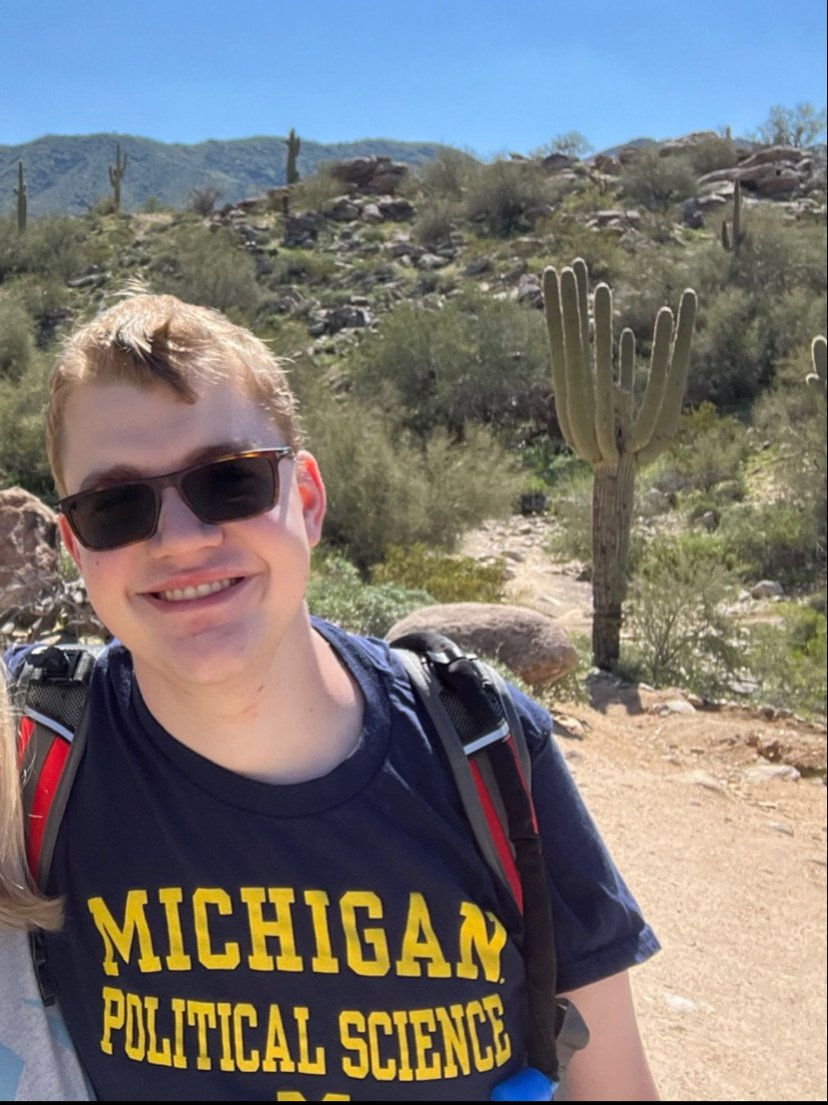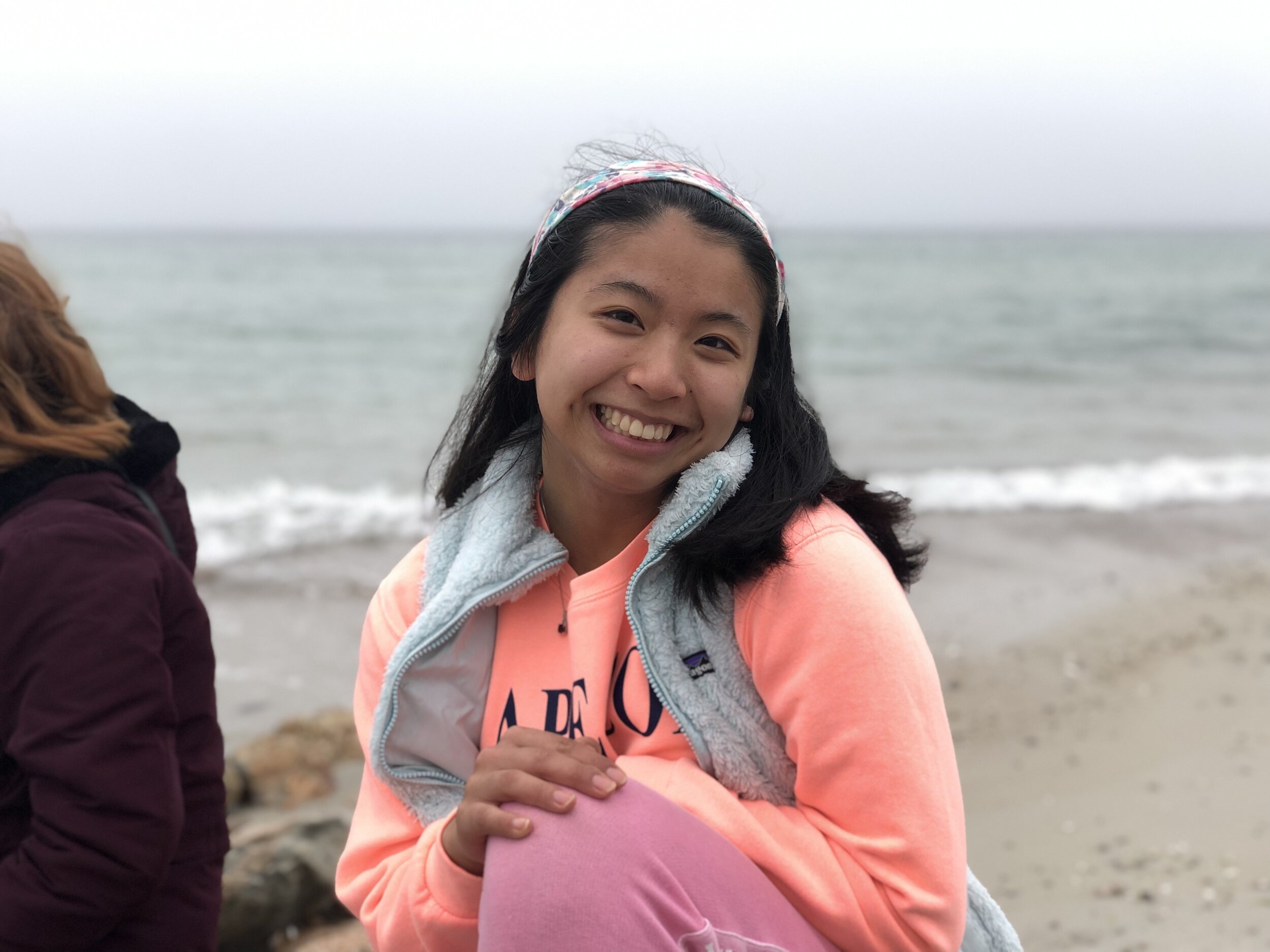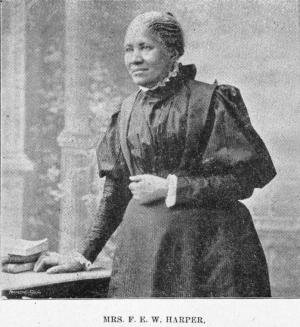By Maddie Possamai, Summer 2023 Collaborator at Power in Place
Societal gender norms and expectations have long dictated the social perceptions of men and women, causing an entire society to believe that one must act or present themselves a certain way. Women have been encouraged to be soft-spoken and reserved whereas men are motivated to be assertive and dominating. In recent years we have seen many women, especially women in power begin to express themselves in an assertive and loud way. However, this has caused a negative stereotype to perpetuate, especially about women of color who choose to express themselves loudly.
Throughout history, gender stereotypes have been prominent in society. Growing up, girls are constantly being told “act like a lady” but how does one “act like a lady” According to gendered expectations, to “act like a lady” is to be polite and submissive and let the men take charge because the men are encouraged to take up space, be a leader and be vocal. When a woman is spoken and takes up space, they are seen as aggressive whereas men are viewed as assertive. Men who talk loud or a lot are told they have a “booming voice” whereas women are “loud and annoying.” Women who fight for the things that they want and take initiative are considered “bossy” whereas men who do the same are considered “confident.” This creates a barrier for women fighting for employment and places in the office as many places enforce these negative stereotypes. It is prominently seen with elected women or women running for political office.
Women of color especially deal with the consequences of this gender role as many are stereotyped as “loud” or “angry” black women or “spicy” Latinas. These stereotypes characterize women of color as hostile or aggressive therefore causing their male counterparts to be less receptive to their ideas. Women of color in power such as Kamala Harris and Michelle Obama have dealt with the consequences of this stereotype in their places of power. In Michelle Obama's book, she states that she is “louder than the average human being” and that she has “no fear of speaking [her] mind” but that those “traits don't come from the color of [her] skin but the unwavering belief in [her] own intelligence.” Obama has been a victim of the “loud, angry black woman” especially while former president Barrack Obama was running for his first term. Michelle Obama fought this stereotype during an interview with Oprah Winfrey stating that she just plans on being true to herself. This stereotype, however, was not present with any former first lady (which had all been white) or any former president (which had all been white men).
“I admit it: I am louder than the average human being and I have no fear of speaking my mind. These traits don’t come from the color of my skin, but from an unwavering belief in my own intelligence.” Michelle Obama
Similarly, in the 2020 presidential debate with former vice president Pence, Vice President, Kamala Harris had the quick response “Mr. Vice President I’m speaking,” when Pence hastily cut off Harris during the debate. Pence, a white man, had no regard for Harris’ time during the debate, leading to Kamala Harris’ famous words. Vice President Harris stated in an interview that she was prepped for interruptions as Pence interrupted her sixteen times. Harris received praise from women, however, she was still turned into a meme after the debate due to her response to Pence whereas former Vice President Pence was only turned into a meme due to a fly on his head. The Vice Presidential debate showed how women, especially women of color who speak their minds are are “loud women” are not taken seriously and that their words, thoughts, intelligence, and ideas are looked over and shrugged upon due to the color of their skin and the gender they identify with.
The stereotypes in our society today, however prominent, must be challenged to liberate women from gendered expectations and allow them to reach their full potential. A society, where women can speak up and take up space without fear of retaliation, allows for more diverse participation of voices where decisions are being made such as in public office, workplaces, elections, etc. Women in power such as Kamala Harris and Michelle Obama have begun to pave the way for other women of color who have been victims of this negative stereotype, by speaking up for what they believe in and not being afraid to take up space. By challenging these gendered societal norms that loud women are aggressive but loud men are assertive, it would create more opportunities for women to assume office and disband the negative stereotype of women of color.
References
[1] Groskop, Viv. “In Praise of Loud Women – the Joy and Power of Being Noisy and Female.” The Guardian, 6 Nov. 2018. The Guardian, https://www.theguardian.com/lifeandstyle/2018/nov/06/in-praise-of-loud-women-the-joy-and-power-of-being-noisy-and-female.
[2] Liptak, Kevin. “Michelle Obama Says ‘angry Black Woman’ Label Rooted in Fear | CNN Politics.” CNN, 19 Dec. 2016, https://www.cnn.com/2016/12/19/politics/michelle-obama-oprah-angry-black-woman/index.html.
[3] Motro, Daphna, et al. “The ‘Angry Black Woman’ Stereotype at Work.” Harvard Business Review, 31 Jan. 2022. hbr.org, https://hbr.org/2022/01/the-angry-black-woman-stereotype-at-work.
[4] Smith, Reiss. “Kamala Harris Shutting down Mike Pence at the Vice Presidential Debate Has Already Been Remixed into a Lady Gaga Track.” PinkNews | Latest Lesbian, Gay, Bi and Trans News | LGBTQ+ News, 8 Oct. 2020, https://www.thepinknews.com/2020/10/08/kamala-harris-mike-pence-im-speaking-vice-presidential-debate-chromatica-meme/.
Maddie Possamai is a rising junior at Wheaton College in Massachusetts majoring in Political Science with minors in Journalism and Visual Arts. At Wheaton College she is currently working on creating a Commuters Organization on campus to advocate for more benefits for commuter students. After graduating college, Maddie hopes to work in Political Journalism.





























